Balkrishna Doshi announced as the Pritzker Prize winner for 2018

Balkrishna Doshi (read our profile of Doshi which appeared in W*126) has been announced as the 2018 Laureate of this year’s Pritzker Prize, following in the steps of RCR, Alejandro Aravena, Frei Otto, Wang Shu, Shigeru Ban and Toyo Ito to receive the prestigious distinction.
Credited for shaping the architectural discourse in India and internationally, Doshi was chosen for his ability to ‘interpret architecture and transform it into built works that respect eastern culture while enhancing the quality of living in India.’ Influenced by the modernist masters Le Corbusier and Louis Khan, Doshi is known for his ethical and personal approach to architecture and wide-reaching impact across the socio-economic spectrum.

See four more of Doshi’s most renowned projects here
Doshi has always served public and private interest in his work, which includes large-scale creations such as the Premabhai Hall and his own Sangath Architect’s Studio. ‘Doshi has always created an architecture that is serious, never flashy or a follower of trends’, possessing a ‘deep sense of responsibility’ towards producing ‘high quality, authentic architecture’, finds the Pritzker Prize jury.
Speaking in 1954, Doshi stated ‘It seems I should take an oath and remember it for my lifetime: to provide the lowest class with the proper dwelling’. This working ethic was achieved over the decades, in projects such as the Life Insurance Corporation Housing in 1973 and the Co-Operative Middle Income Housing in Ahmedabad in 1982.

Amdavad Ni Gufa, 1994, Ahmedabad, India.
Considered the highest architectural accolade, the annual Pritzker award honours ‘a living architect or architects whose built work demonstrates a combination of those qualities of talent, vision, and commitment, which has produced consistent and significant contributions to humanity and the built environment through the art of architecture’ and consists of a prize of $100,000 (US) and a bronze medallion.
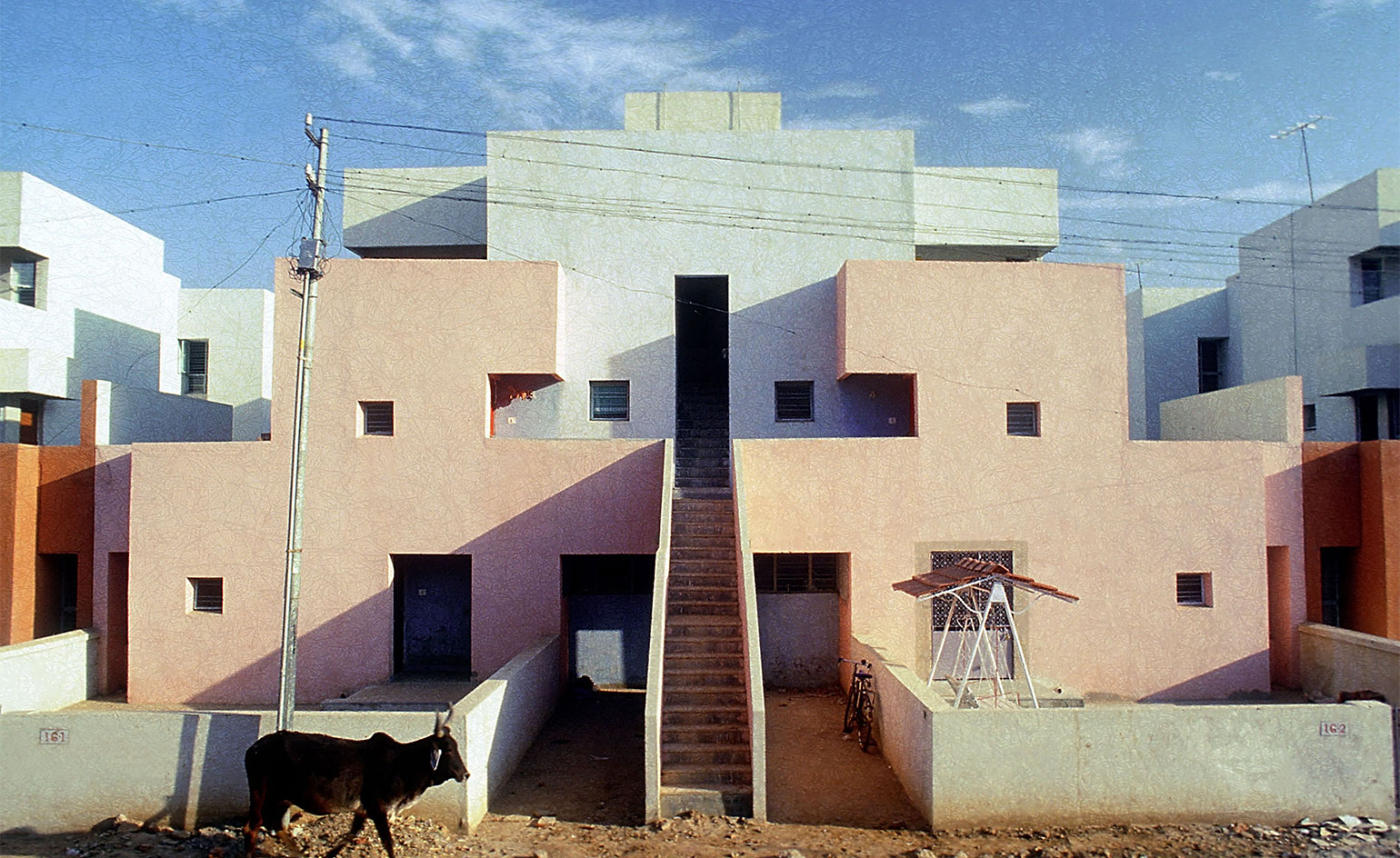
Life Insurance Corporation Housing, 1973, Ahmedabad, India.
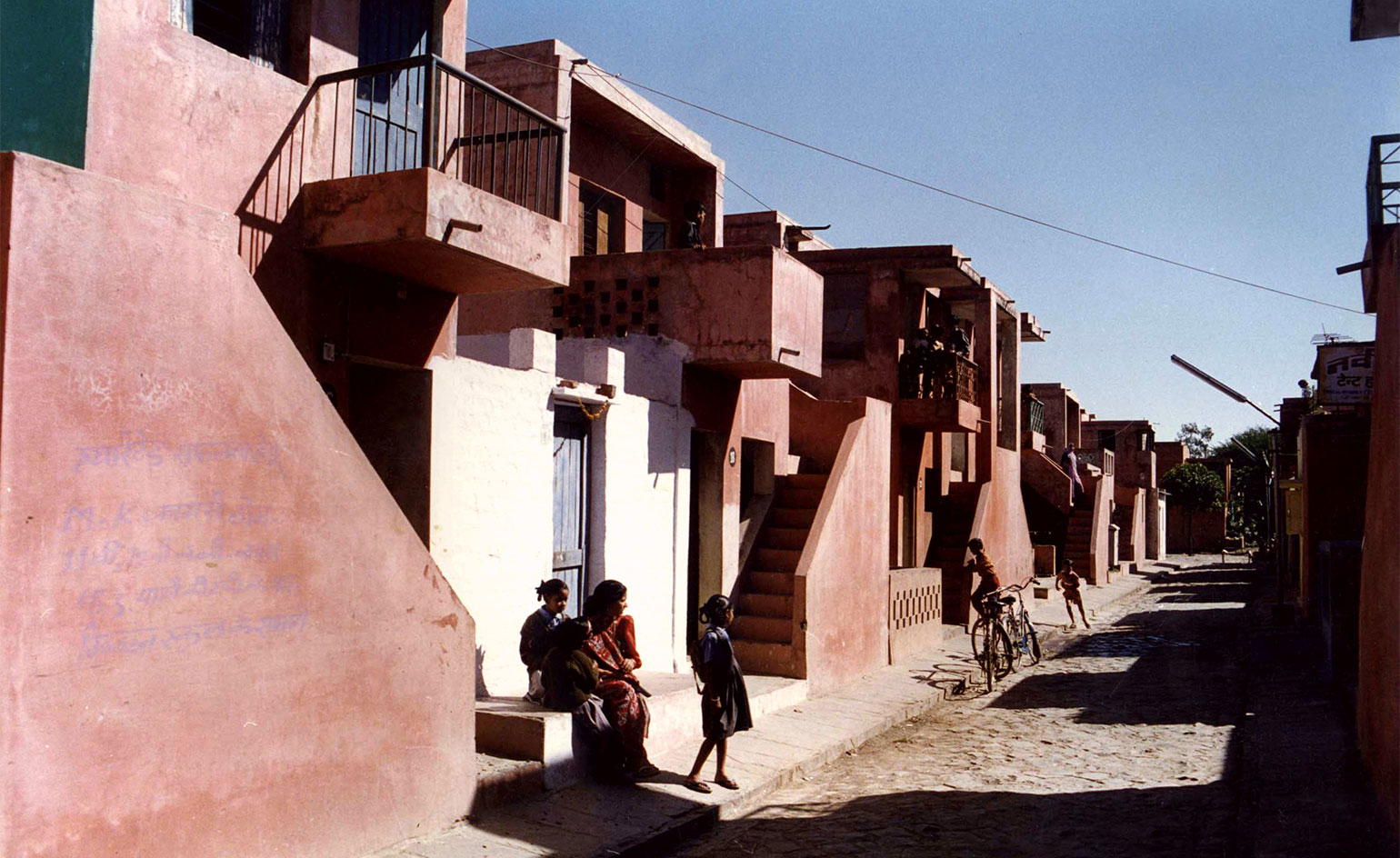
Aranya Low Cost Housing, 1989, Indore, India

Premabhai Hall, 1976, Ahmedabad, India.
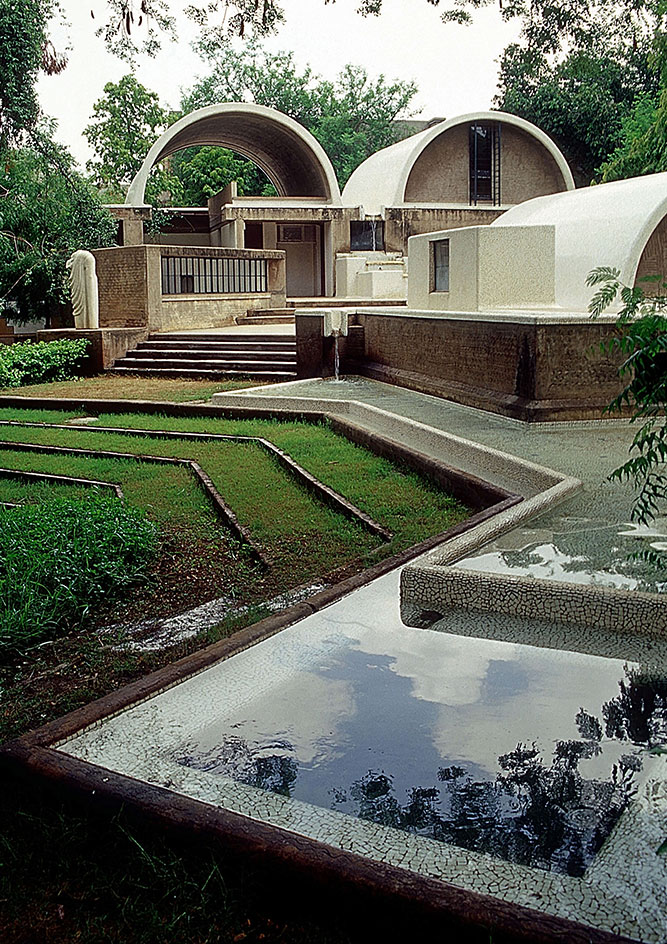
Sangath Architect’s Studio, 1980, Ahmedabad, India.
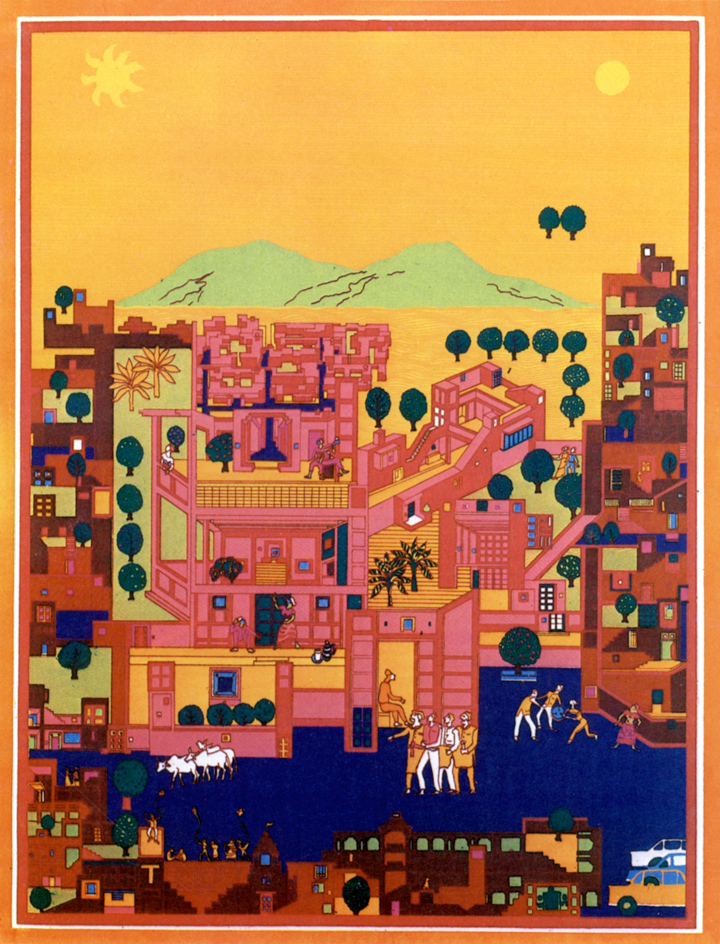
Vidhyadhar Nagar Masterplan and Urban Design, 1984, Jaipur, India. Drawing

INFORMATION
For more information, visit the Pritzker Prize website
Receive our daily digest of inspiration, escapism and design stories from around the world direct to your inbox.
Harriet Thorpe is a writer, journalist and editor covering architecture, design and culture, with particular interest in sustainability, 20th-century architecture and community. After studying History of Art at the School of Oriental and African Studies (SOAS) and Journalism at City University in London, she developed her interest in architecture working at Wallpaper* magazine and today contributes to Wallpaper*, The World of Interiors and Icon magazine, amongst other titles. She is author of The Sustainable City (2022, Hoxton Mini Press), a book about sustainable architecture in London, and the Modern Cambridge Map (2023, Blue Crow Media), a map of 20th-century architecture in Cambridge, the city where she grew up.
-
 Form... and flavour? The best design-led restaurant debuts of 2025
Form... and flavour? The best design-led restaurant debuts of 2025A Wallpaper* edit of the restaurant interiors that shaped how we ate, gathered and lingered this year
-
 The rising style stars of 2026: Zane Li, fashion’s new minimalist
The rising style stars of 2026: Zane Li, fashion’s new minimalistAs part of the January 2026 Next Generation issue of Wallpaper*, we meet fashion’s next generation. First up, Zane Li, whose New York-based label LII is marrying minimalism with architectural construction and a vivid use of colour
-
 The work of Salù Iwadi Studio reclaims African perspectives with a global outlook
The work of Salù Iwadi Studio reclaims African perspectives with a global outlookWallpaper* Future Icons: based between Lagos and Dakar, Toluwalase Rufai and Sandia Nassila of Salù Iwadi Studio are inspired by the improvisational nature of African contemporary design
-
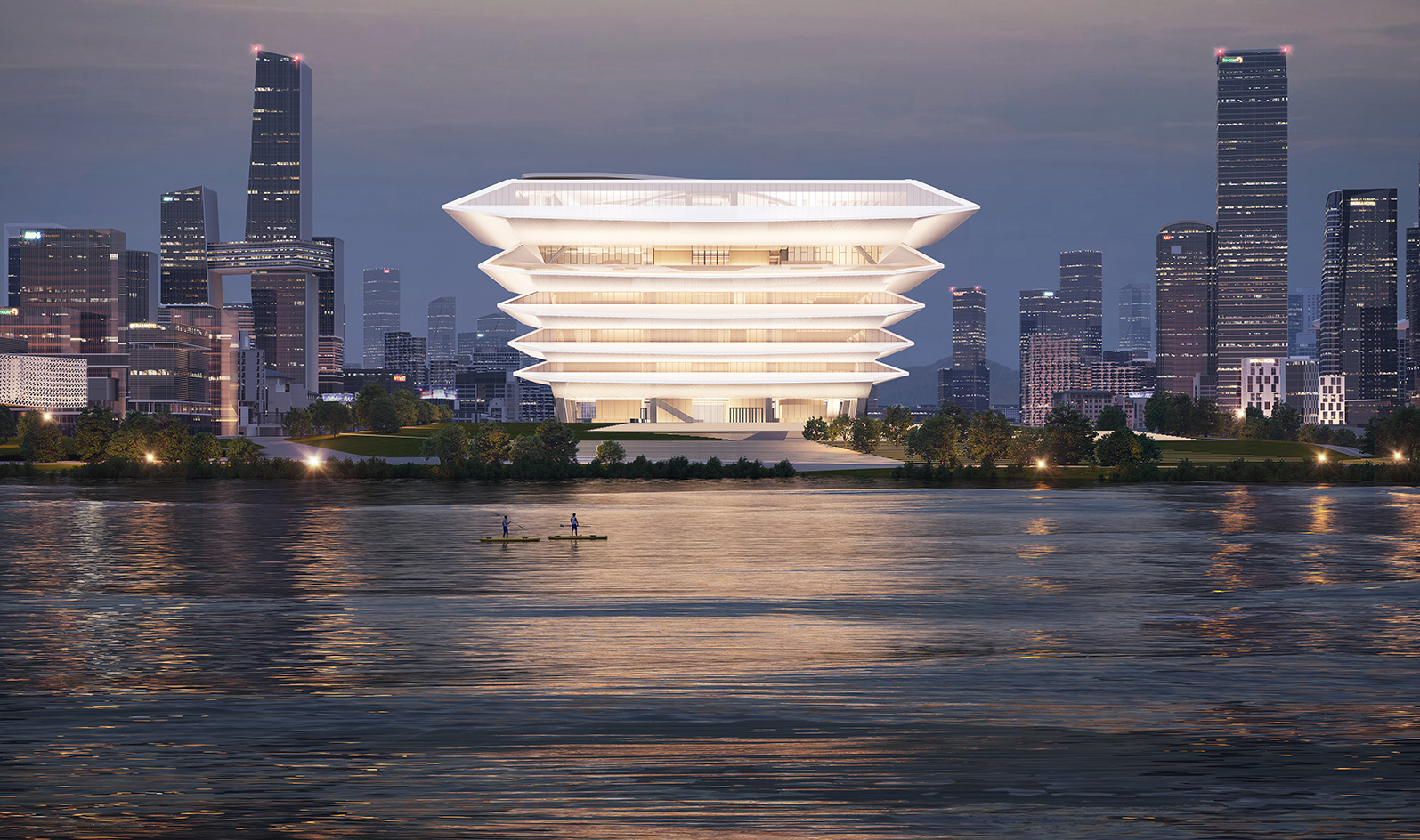 The RIBA Asia Pacific Awards reward impactful, mindful architecture – here are the winners
The RIBA Asia Pacific Awards reward impactful, mindful architecture – here are the winnersThe 2025 RIBA Asia Pacific Awards mark the accolade’s first year – and span from sustainable mixed-use towers to masterplanning and housing
-
 Step inside this resilient, river-facing cabin for a life with ‘less stuff’
Step inside this resilient, river-facing cabin for a life with ‘less stuff’A tough little cabin designed by architects Wittman Estes, with a big view of the Pacific Northwest's Wenatchee River, is the perfect cosy retreat
-
 RIBA House of the Year 2025 is a ‘rare mixture of sensitivity and boldness’
RIBA House of the Year 2025 is a ‘rare mixture of sensitivity and boldness’Topping the list of seven shortlisted homes, Izat Arundell’s Hebridean self-build – named Caochan na Creige – is announced as the RIBA House of the Year 2025
-
 Remembering Robert A.M. Stern, an architect who discovered possibility in the past
Remembering Robert A.M. Stern, an architect who discovered possibility in the pastIt's easy to dismiss the late architect as a traditionalist. But Stern was, in fact, a design rebel whose buildings were as distinctly grand and buttoned-up as his chalk-striped suits
-
 A revived public space in Aberdeen is named Scotland’s building of the year
A revived public space in Aberdeen is named Scotland’s building of the yearAberdeen's Union Terrace Gardens by Stallan-Brand Architecture + Design and LDA Design wins the 2025 Andrew Doolan Best Building in Scotland Award
-
 Own an early John Lautner, perched in LA’s Echo Park hills
Own an early John Lautner, perched in LA’s Echo Park hillsThe restored and updated Jules Salkin Residence by John Lautner is a unique piece of Californian design heritage, an early private house by the Frank Lloyd Wright acolyte that points to his future iconic status
-
 The Stahl House – an icon of mid-century modernism – is for sale in Los Angeles
The Stahl House – an icon of mid-century modernism – is for sale in Los AngelesAfter 65 years in the hands of the same family, the home, also known as Case Study House #22, has been listed for $25 million
-
 Houston's Ismaili Centre is the most dazzling new building in America. Here's a look inside
Houston's Ismaili Centre is the most dazzling new building in America. Here's a look insideLondon-based architect Farshid Moussavi designed a new building open to all – and in the process, has created a gleaming new monument